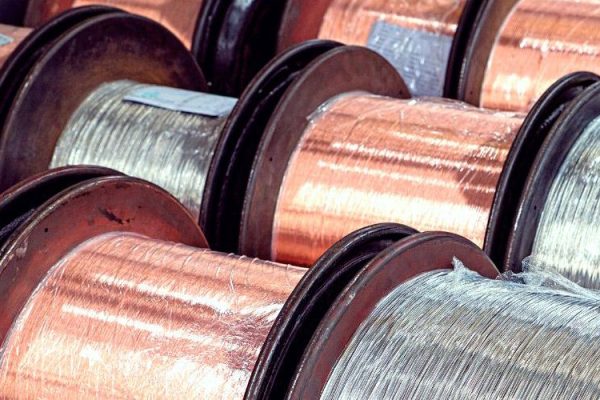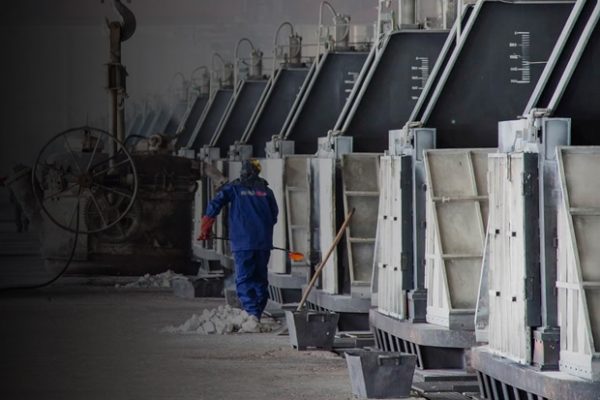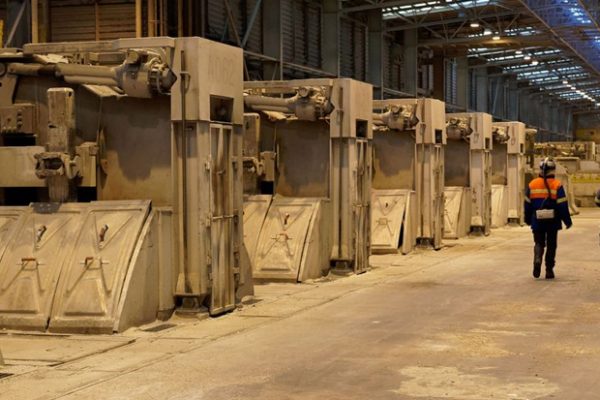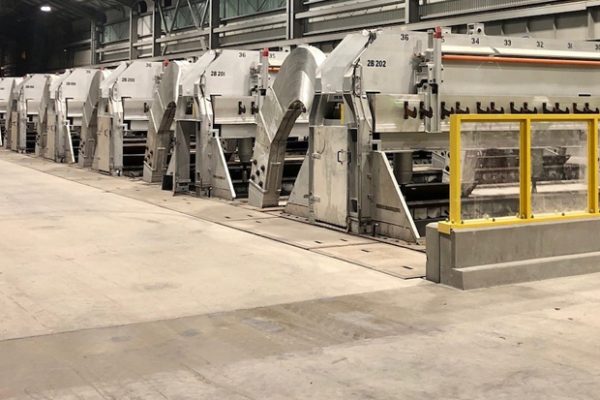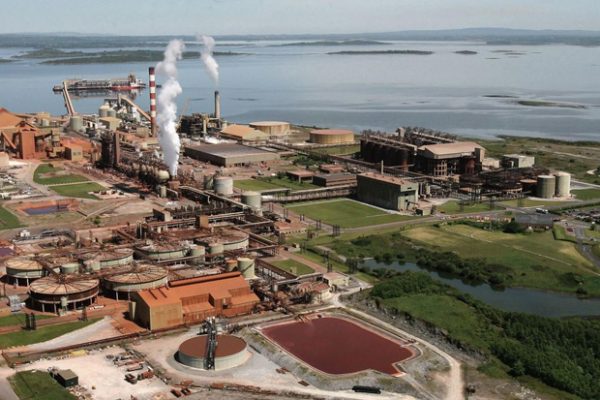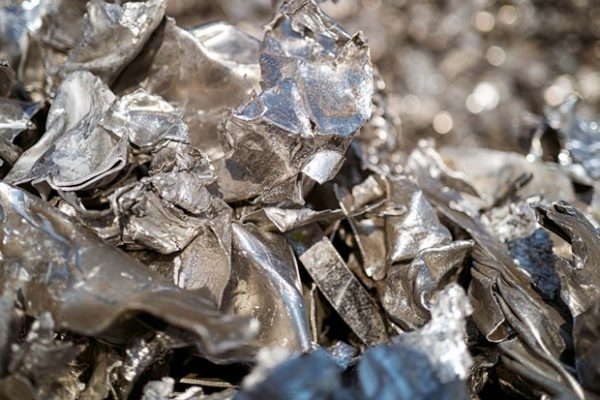From 2019 to 2024, the total global trade value of Copper grew faster and more strongly than that of Aluminum. Copper increased from about USD 212 million to nearly USD 348 million, supported by a high compound annual growth rate of 10.4%, while Aluminum rose from roughly USD 201 million to around USD 274 million with a lower growth rate of 6.4%. Copper reached its lowest value at the start of the period and its highest at the end, whereas Aluminum hit its minimum in 2020 and peaked earlier, in 2022. Over time, Copper showed moderate upward movements with normal volatility before stabilizing with lower fluctuations, while Aluminum experienced milder changes with limited volatility. By 2024, Copper again outperformed Aluminum in annual growth. Overall, both metals moved closely together, showing a very strong positive correlation throughout the period.
Copper’s Dominance Over Aluminum Endures
Over the period under review, upstream Copper clearly outperformed upstream Aluminum in global trade. With a much larger average share and a consistently higher position, the Upstream Copper Industry maintained a stronger and more effective role than its Aluminum counterpart.


